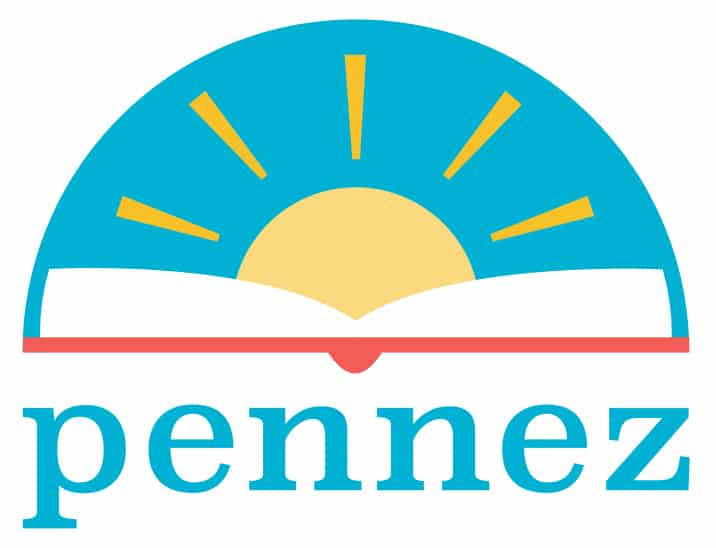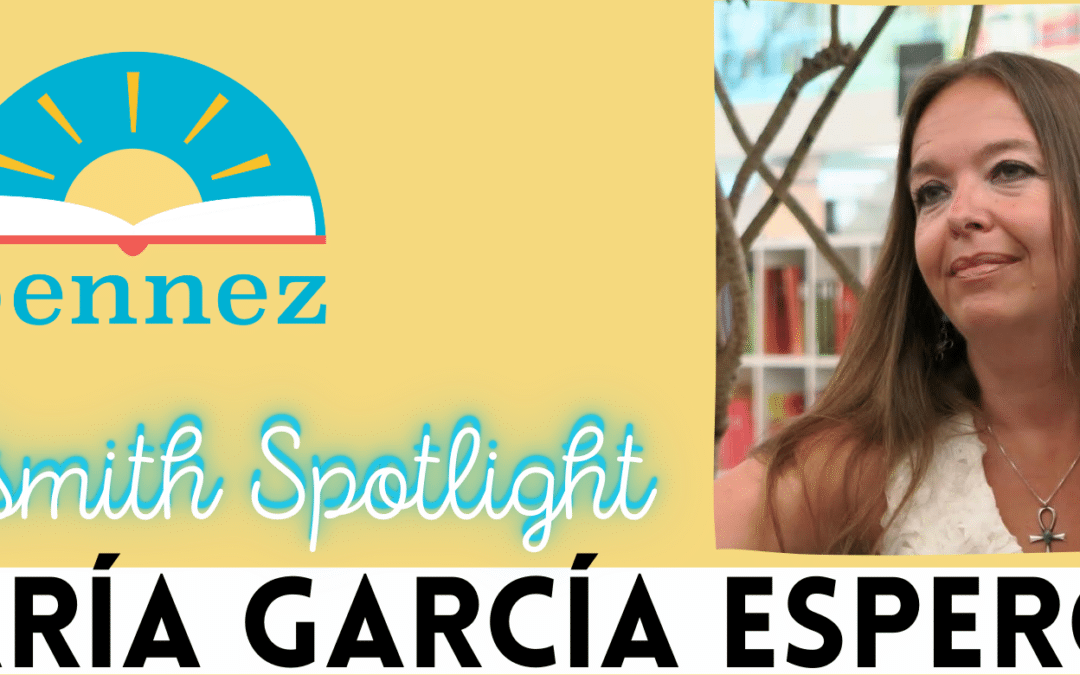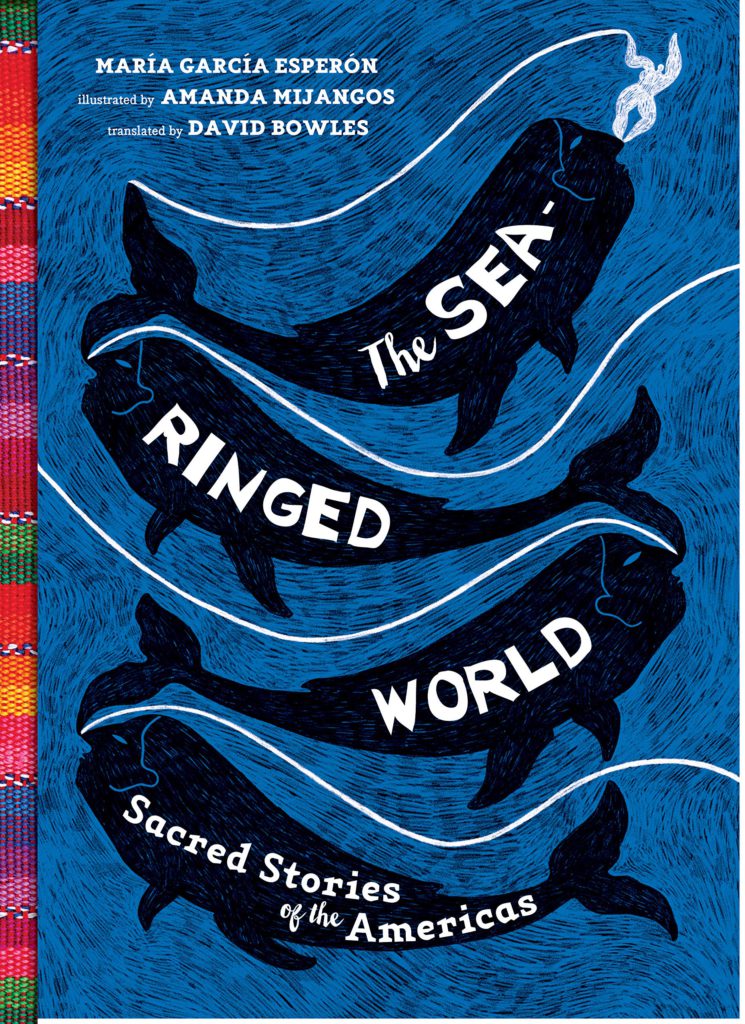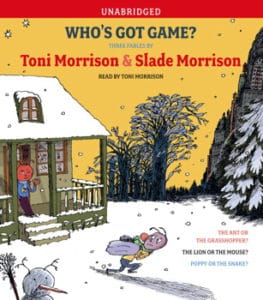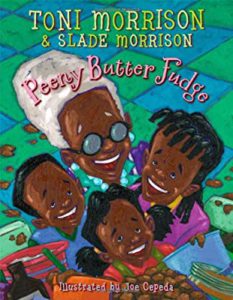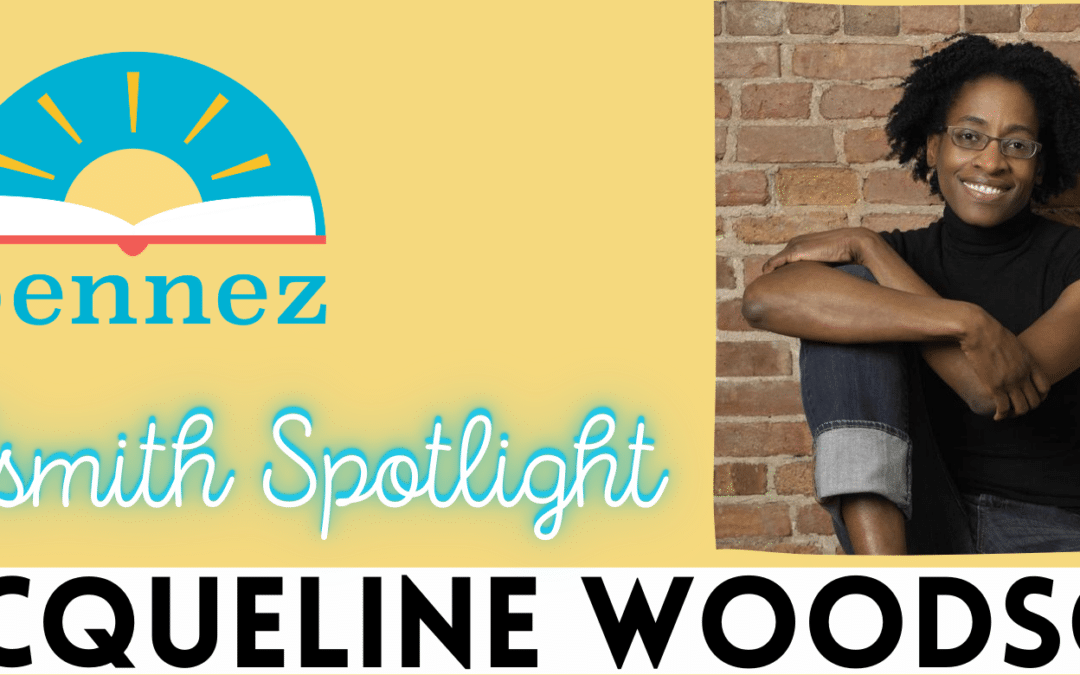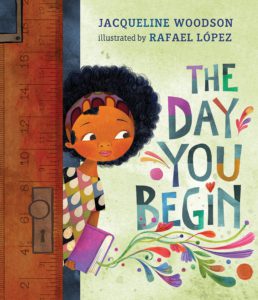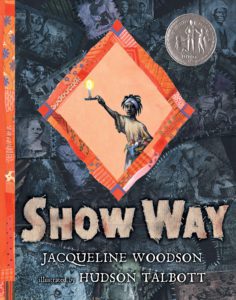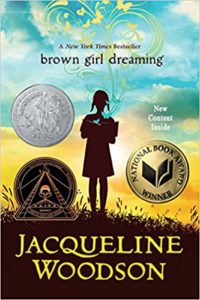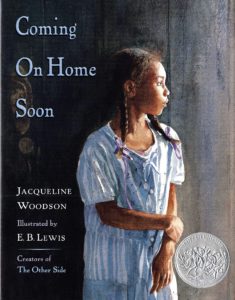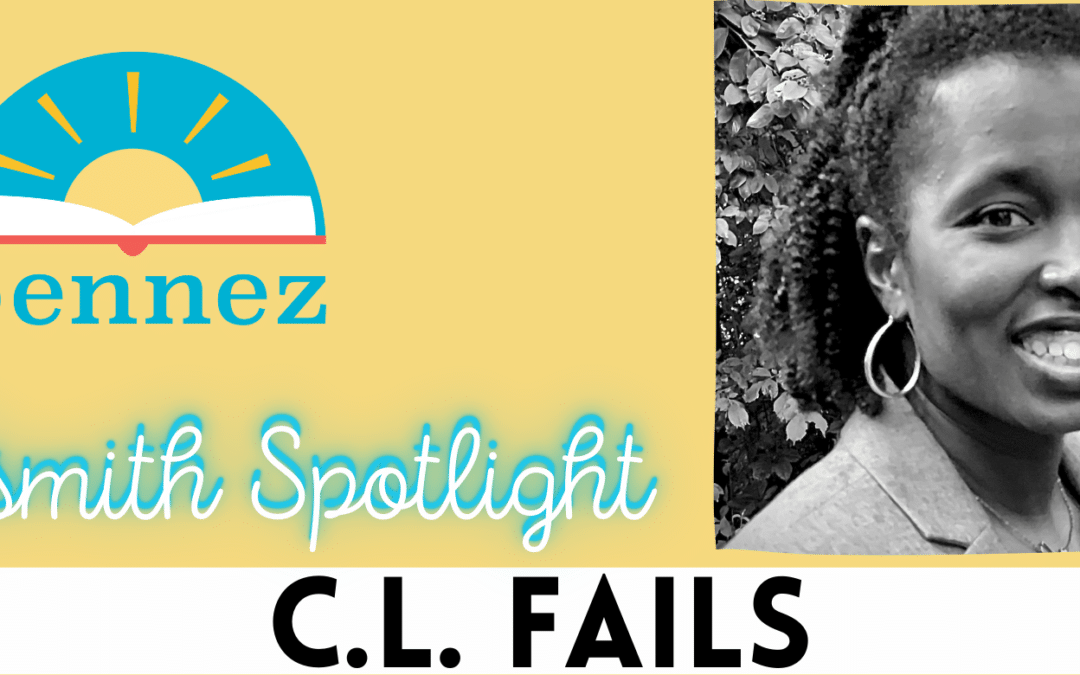
Author Spotlight C.L. Fails-LaunchCrate Publishing
- Founder of LaunchCrate shares her story.
2. C.L Fails writes children’s, teen, and adult books.
3. C.L. Fails writes to honor her mother and family.
In a small university classroom, Cynthia and her mother sat through hours and hours of lectures together. She quietly pretended to take notes while her mother participated in the classroom discussions. Once class ended, she and her mom walked to the humming copy machine. Her mother made copies for class, and Cynthia made copies too. Following her mother’s shadow, off to the university’s library, they checked out books. At a young age, Cynthia witnessed her mother being an adult learner who later earned her Master’s Degree and then a Ph.D. “Superpowers” is what Cynthia described her mother as having.
Later she witnessed her mother as an educator and worked professionally. “It struck a chord, I watched how she rephrased things. Put the power back in her court and made people appropriate or inappropriate in how they said things. I was fortunate for this experience.”-C.L. Fails
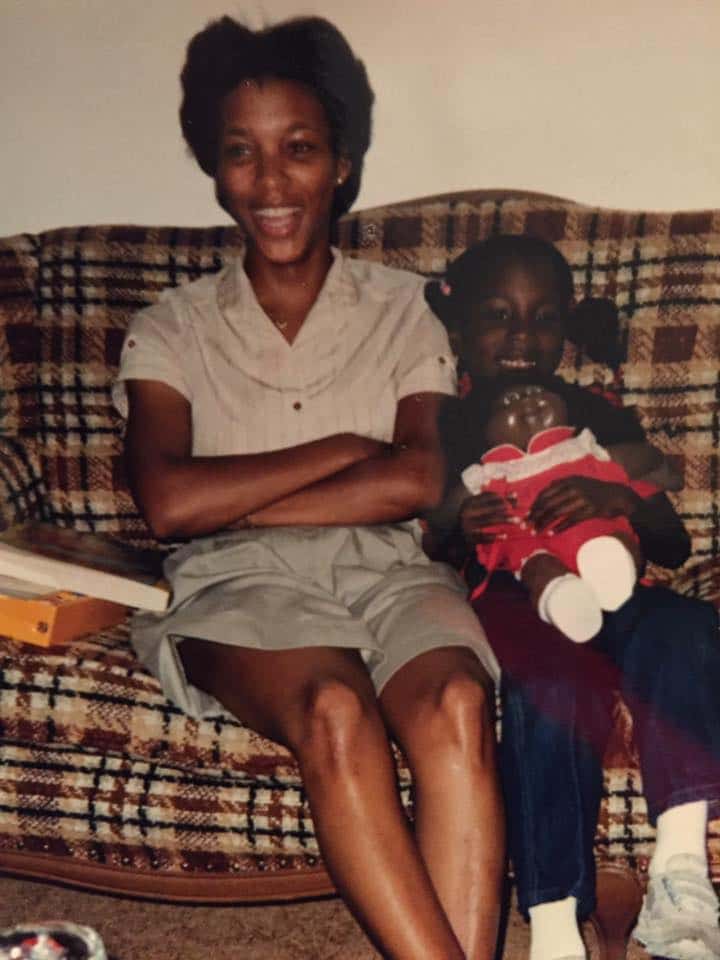
Today, Fails writes stories inspired from her mother’s aptitude, strength, and superpowers. Her mother’s superpowers are honored in her book series with a main character named Ella. Fails was an educator herself and is currently an author, editor, copywriter, publisher, business owner, podcaster, and illustrator. In most of the stories that she writes, she places parts of her own experiences or individuals that she knows in her books. For example, one can find elements of her niece in her Ella books as well.
Fails self-published her first book in 2012. She had a 5-month gap in between jobs to create her first story. She wrote, The Christmas Story, because it was a story that she needed at the time. “Having faith in something you cannot see yet; A Christmas cookie waiting for Santa on Christmas Eve,” Fails explained. This book is a stocking stuffer.
Self-publishing was the option because the service that she was using profited from her work but she was not compensated for the work that she did herself. She learned through this hurdle that self-publishing had more opportunities for her. Later on, she began to write more and started her full-time job again. Juggling 40 hours of full-time work and 40 hours of writing books for herself, and others, did not make sense in her mind. This is why she developed LaunchCrate.
“The goal with LaunchCrate is to create ripples of change throughout the publishing industry. Trying to flip the publishing where it favors creatives author or the illustrator. We want to make sure they are receiving fair compensation for their work.”-C.L. Fails
LaunchCrate publishes books for children and adult audiences. Fails publishes her work under her company and has released not one but two series. Ella is her first, and Raine the Brain is her second series for teen audiences. Raine the Brain is also based loosely on her brother for preteen audiences. Fails expressed that her books and LaunchCrate had community support from the beginning, “When people believe in you then they believe in your work,” Fails shared.
Ella was the first series of books that LaunchCrate published. “Superpowers-the stuff you have in you that you are starting to develop are powerful tools that can help you be whoever you become. I saw how she navigated the world as a black woman. They are superpowers we all have within us. But I got to observe the way she navigated life in general. I wanted to make sure I highlighted those areas.”
“My hope is that people can see us as agents of hope for the publishing industry.” C.L. Fails
Fails juggles so much but is creating change within the publishing industry. She wants creatives to know there are different paths to success, and they have other options now that we have different multimedia tools in her hands.
“You know this title will be a ripple in the seed that creates change.” C.L Fails
Fails shared that everything that she has done has led to where she is today. “The good stuff and not so good stuff. Me choosing to self-publish that first book. Had I not chosen the path that I chose, I would not have learned what I learned today. Everything that I have experienced has propelled me.”
Fails exhibits those same Superpowers her mother exhibited-strength, high aptitude, creativity, and more. “I want people to know there are other options that exist. You don’t have to follow the same models as the big 5. Just because things have been done one way for decades doesn’t mean that they have to stay that way. Growth is the way things continue to evolve for communities and nations.” Her company LaunchCrate is publishing creative’s work that plants the seeds of knowledge in different communities.
